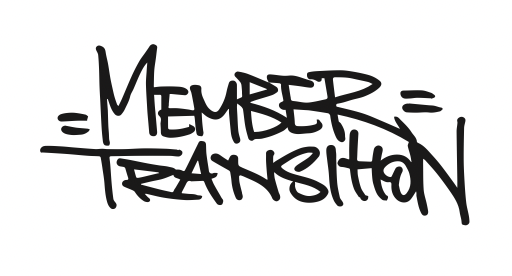
Some of the key issues that often correlate, coincide, or are caused by the elements of "Membership Transition" in a cooperative are as follows -
COOPERATIVE CULTURE
The entrance of each new member and the exit of each departing member changes the culture of a cooperative because people and how they relate to others, their work, and the world shapes culture. As a result, who is involved at any given time defines whether or not an organiization's culture is cooperative – not structure, not policy, not name. Cooperative Culture is entirely dependent upon people and their relationships. If membership transitions are not well managed, uncooperative people might be lifted into membership, or people may not be sufficiently educated in cooperativism or the organization’s purpose. Both can result in the degradation of cooperative culture within the organization, which can be the beginning of the end for a cooperative.
EDUCATION & TRAINING
“A person becomes a person more through education than through birth” (Arizmendiarrieta, 1999, 43). A member’s entrance into a cooperative is one of the most essential cooperative education moments for that person, as it informs how they will embody cooperativism and then how they shape the cooperative through their participation. When a member exits a cooperative, it is one of the most essential educational moments for the cooperative, as it can both learn about the impact it has had on a member and can demonstrate the cooperative’s health and sustainability when members take institutional memory and expertise with them as they depart. Both the entrance and exit of members in a cooperatice can be key educational opportunities that support the cooperative's function, if they are treated as such.
STRUCTURE & PARTICIPATION
The structures and processes that dictate membership transition, such as how long members can “linger,” whether there is overlap between leadership terms, how long and intensive an application process is, and so much more greatly impact how much is lost or gained with each member transition. Additionally, how resilient the systems are in the face of changing members - specifically how accessible or easy to learn the systems and structures of a cooperative are, is a strong indicator of whether or not a cooperative can survive through lifecycles and member turnover. Finally, whether or not a cooperative is able to adapt its structure and systems to the changing needs and goals of its membership as it changes over time is an indicator of whether a cooperative is successful at its primary goal of meeting member needs.
